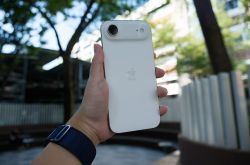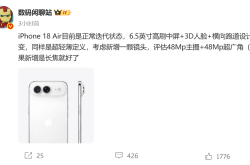Mobile Phones Face the "AI Revolution"
![]() 12/31 2024
12/31 2024
![]() 546
546
Written by | Wen Yehao
Edited by | Wu Xianzhi
"I have a weekly meeting dedicated to AI advancements." A mobile phone manufacturer revealed at a post-launch communication event that AI features must align with users' intuitive needs, highlighting the growing importance placed on AI by mobile phone makers.
Technological development is relentless. Every time we think we've hit a technological ceiling, a new force emerges to break through existing frameworks, leading humanity to new horizons and possibilities.
Among the latest smartphone releases at the end of the year, brands like OPPO and Xiaomi have showcased breakthroughs in ultra-narrow bezels, requiring significant investments in time and resources. The process involves intricate steps like pouring glue and meeting stringent dust-proof requirements at the chip level, necessitating substantial expenditures. However, these changes are often perceived by users to a limited extent.
The development of smartphone hardware is approaching its physical limits, with minimal room for improvement in screens, cameras, and processors. Just when the industry was plunging into despair, believing that the smartphone era was waning, the advent of edge AI opened up a new pathway.
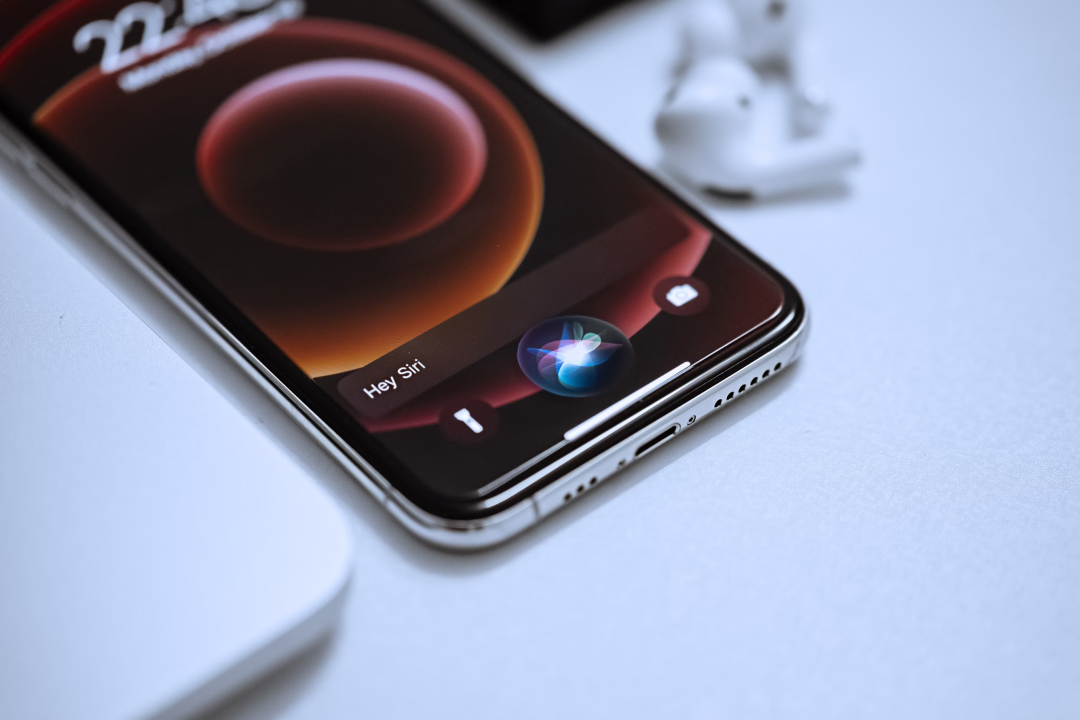
While mobile phone manufacturers began integrating AI into scenarios like imaging and voice assistants around 2017, 2024 can be deemed the true "first year" of AI smartphones. This year coincides with the overall recovery of the mobile phone industry and the transition of AI technology from the lab to practical applications.
Against this backdrop, AI smartphones have evolved from being a bonus feature of select models to a necessity across all models. This shift has not only propelled the industry forward but also sparked new commercial ecosystems ripe for exploration.
AI Smartphones Need to Demonstrate Their Value
AI can be considered one of the key drivers behind the overall recovery of the mobile phone industry in 2024.
According to Canalys, the penetration rate of AI smartphones is expected to reach 17% in 2024, with further acceleration predicted in 2025, pushing the global penetration rate to 32%. AI smartphones have accomplished in just over a year what foldable phones failed to do in six years.
Despite the rapid growth in AI integration, the statistical criteria are nuanced. With mobile phone manufacturers sounding the battle cry, no newly launched model eschews AI. AI has almost become a must-have for flagship models – it may not always be used, but it must be present.
This stems from the smartphone industry's desperate search for a new differentiator amidst the struggling foldable phone market.
A few years ago, the smartphone industry experienced a near-death scenario. At that time, Moore's Law, which had always fueled advancements in consumer electronics, faced a bottleneck. This directly disrupted the implicit agreement between mobile phone and software manufacturers to drive hardware replacements, rendering this strategy ineffective.
In response, panicked manufacturers even attempted to replicate ray tracing, a technique used on PCs to create new benchmarks, onto mobile phones. However, the mobile phone market is not as closely tied to gaming and productivity as the PC market, leading to underwhelming results. Other rescue attempts, such as enhanced imaging and foldable screens, had limited impact, primarily catering to niche demands and failing to spark a large-scale device replacement wave.
AI differs significantly. Edge AI represents a departure from past efforts to exploit smartphone performance. An industry insider told Photon Planet that, from a hardware perspective, AI models rely less on small cores and more on NPU capabilities, preferably supported by ample memory and high memory speeds.
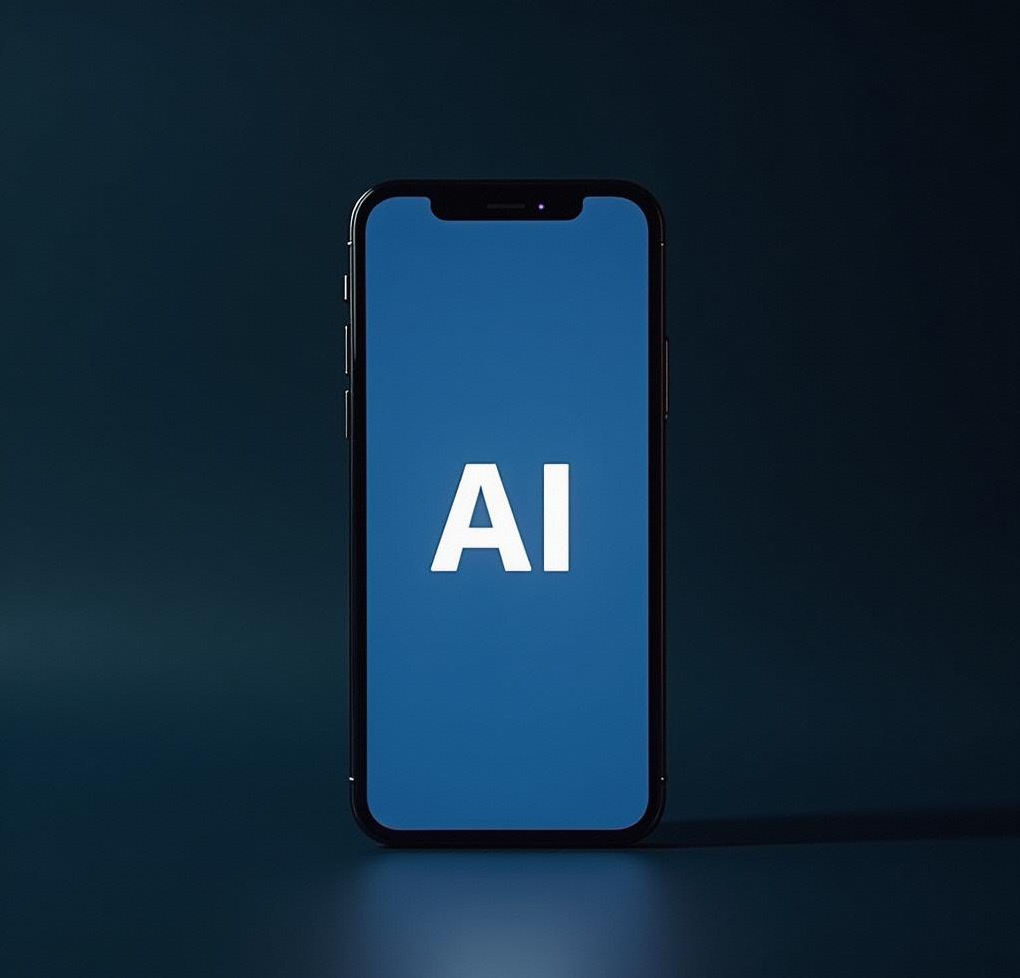
Therefore, for smartphones to embrace AI or offer a superior AI application experience, hardware reconstruction is inevitable. This naturally implies device replacement. A crucial step is convincing the broader consumer market to invest in AI smartphones.
Photon Planet's mid-year research this year revealed that AI smartphones from various brands garnered little enthusiasm in stores, with both customers and store employees showing minimal interest. A recent SellCell survey found that 73% of Apple Intelligence users and 87% of Galaxy AI users believed that AI lacked value or had minimal value during their usage.
This is understandable as features like summarizing PPTs, call summaries, and image generation are rarely used by most users. No matter how iterated or powerful, AI smartphones struggle to transcend niche demands, repeating the mistakes of foldable phones.
Thus, demonstrating the value of edge AI to users as soon as possible has become a top priority for mobile phone manufacturers.
Examining the new models released in the second half of this year, whether from Apple, Samsung, Honor, Xiaomi, OPPO, or Vivo, there has been a concerted emphasis on AI. Building upon previous AI-enhanced photo editing and AI dialogues, these companies have introduced numerous system-level deep applications.
Among these, the most imaginative and appealing is perhaps the "autonomous driving" achieved through AI screen reading. By accessing screen information, AI automatically interacts with applications to execute user commands – Zhao Ming's viral "one-sentence coffee order" at the Honor launch event showcased this capability. In the consumer context, Honor, which was the first to deploy this feature, has garnered significant user attention.
This signifies that AI smartphones have evolved from integrating AI toys and tools to deeply permeating mobile interaction and system levels, demonstrating a disruptive impact on traditional smartphones. This deeply embedded AI interaction may catalyze a true revolution in edge AI and potentially foster new business models for mobile phone manufacturers.
AI as a Lifeline
"Performance excess is a myth in the AI era. Gaming and photography scenarios have extremely high performance requirements. Piling on features is not entirely futile, as advancements in chip manufacturing processes actually provide broader space for AI."
A mobile phone manufacturer noted that edge AI places high demands on systems and even higher demands on consumer products. For instance, while simple heat dissipation may seem straightforward, it is actually challenging to implement. The mobile phone industry is only beginning to address underlying memory usage issues. Over the past year, many mobile phone manufacturers have made numerous optimizations for edge deployment, often overlooked by consumers due to their limited perception.
The primary bottleneck of edge deployment lies in the utilization of mobile computing resources, particularly memory usage. As more edge functions are added, more computational resources are consumed. Since hardware manufacturers typically do not reserve dedicated memory, most manufacturers dynamically allocate resources based on edge AI function demands.
Taking OPPO as an example, its previously launched edge architecture "AI LoRA" employs a dynamic allocation solution. Specifically, the architecture provides three edge functions, with one occupied by the base model and the other two dynamically adjusted based on actual conditions. It is reported that this solution can save up to 75% of peak memory usage.
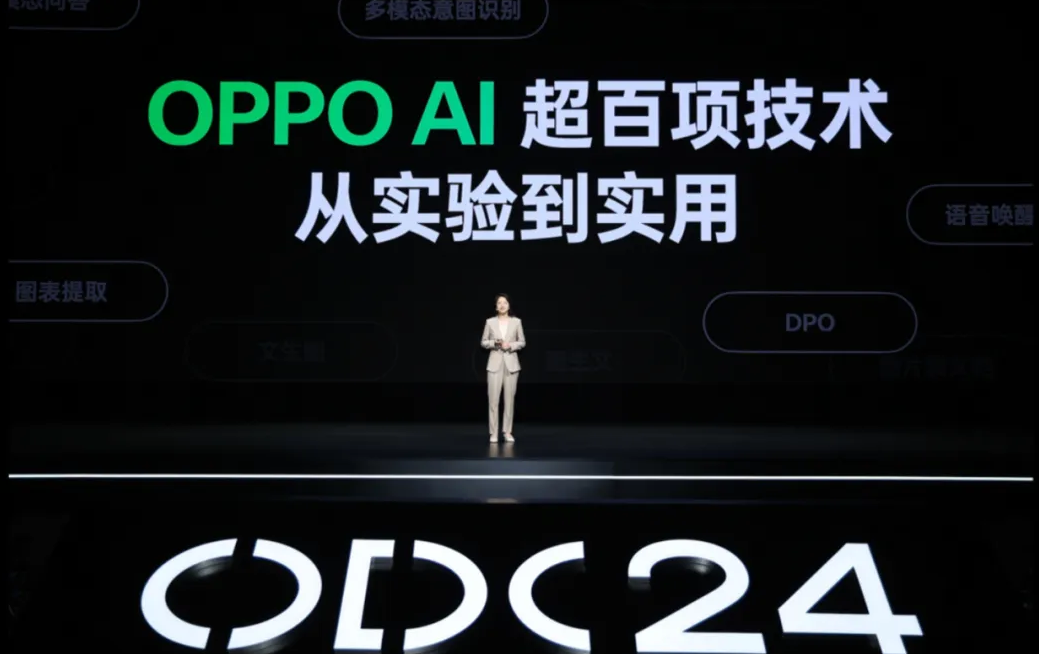
The gradual maturity of architectures signifies the commencement of a large-scale ecosystem transformation. A mobile phone manufacturer remarked, "Next year's launch events will likely be even longer." This is because descriptions of hardware will be supplanted by AI features, which rely on user experience and require more time to present.
Besides mobile phone manufacturers, large model companies like Zhipu have also launched capabilities for executing complex tasks through natural language commands based on agent task planning and screen information understanding at the end of the year.
An industry insider stated that the relationship between mobile phone manufacturers and application developers is not entirely adversarial but rather cooperative at this stage. "For developers, just because users download an app doesn't mean they use it. Edge AI can help increase app usage frequencies, and mobile phone manufacturers also need to collaborate with developers to make edge AI assistants smoother to use."
Application developers' most notable advantage lies in consumption data within vertical fields. Taking photo-triggered services as an example, connecting to OTA alone requires tens of millions of vertical data points for specialized training. Mobile phone manufacturers lack relevant data and have no need to reinvent the wheel, thus forming stable cooperation with developers.
"Direct invocation, such as for navigation and shopping, is actually welcomed by application developers because mobile phone manufacturers directly push services to users," said the head of a mobile phone manufacturer. Existing mobile services are already highly saturated, and they are now more focused on enabling users to quickly access services, especially when needed. The shallower the entry point, the higher the invocation frequency.
Even so, during the AI feature demonstrations of year-end new models, we can still observe that mobile phone manufacturers' influence is growing with the acceleration of edge deployment. When Zhao Ming showcased ordering coffee from Luckin using Honor or introduced one-click shopping price comparisons on Magic OS 9.0, few people considered whether it was more appropriate to use WeChat Mini Programs, Meituan, or Ele.me, based on user habits or commercial weightings.
Undoubtedly, relying on direct access, mobile phone manufacturers' smart assistants have the potential to transform existing mobile interaction forms – from mobile apps to smart assistants and from simple touch interactions to a blend of touch, natural language, and intent recognition. This signifies that mobile phone manufacturers' status as an "entrance" is further solidified, potentially increasing their control over app distribution in the future – marking another battleground for the "traffic entrance" after pre-installed apps.
Can User Habits Be Changed?
Whether users will invest in AI smartphones is the ultimate metric.
An earlier SellCell survey of 1,000 iPhone and Galaxy users each revealed a mismatch between purchase decisions and usage habits. Most people were skeptical about the value of AI features and had low willingness to pay, but nearly half believed that AI features were an important decision-making factor. In other words, users consider AI features important but have a poor actual usage experience.
The reason is that large models based on PCs do not fully adapt to mobile environments. Most existing large model vendors rely on PC browsers to deliver services, emphasizing productivity tools, which do not fully align with mobile scenarios. For instance, in public settings, voice interaction is clearly inferior to touch interaction, and the frequency of document summarization and article writing is lower than that of generating social media posts.
Recently, renowned Bloomberg technology journalist Mark Gurman reported that iOS 19 will abandon integration with ChatGPT and adopt a self-developed model instead.
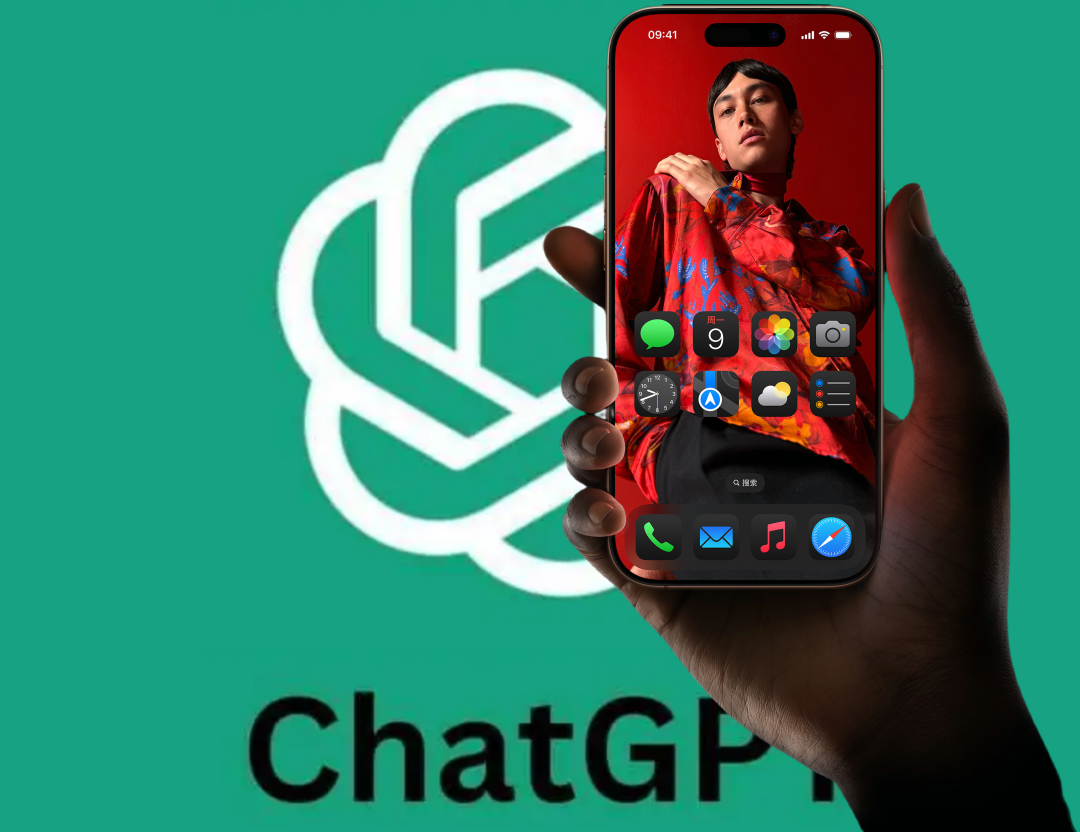
Another challenge for AI smartphones stems from habits. Nowadays, with the traditional mobile phone operation logic already well-established, AI features indeed simplify user habits significantly, but adapting to new interactions still requires time. Just as it took several years for users to accept the mobile ecosystem and new touch interactions when transitioning from feature phones to smartphones.
Mobile phone manufacturers are continuously enhancing AI features, such as AI screen reading, perhaps hoping to preemptively explore scenarios or business models for the next era.
It remains uncertain whether technology can drive changes in user habits. After all, mobile phones are tools over which users have a strong desire for control. AI may bring excessive "intelligence," making users feel a loss of control. Gradually guiding users to accept and rely on AI remains a significant market challenge for manufacturers to overcome.





